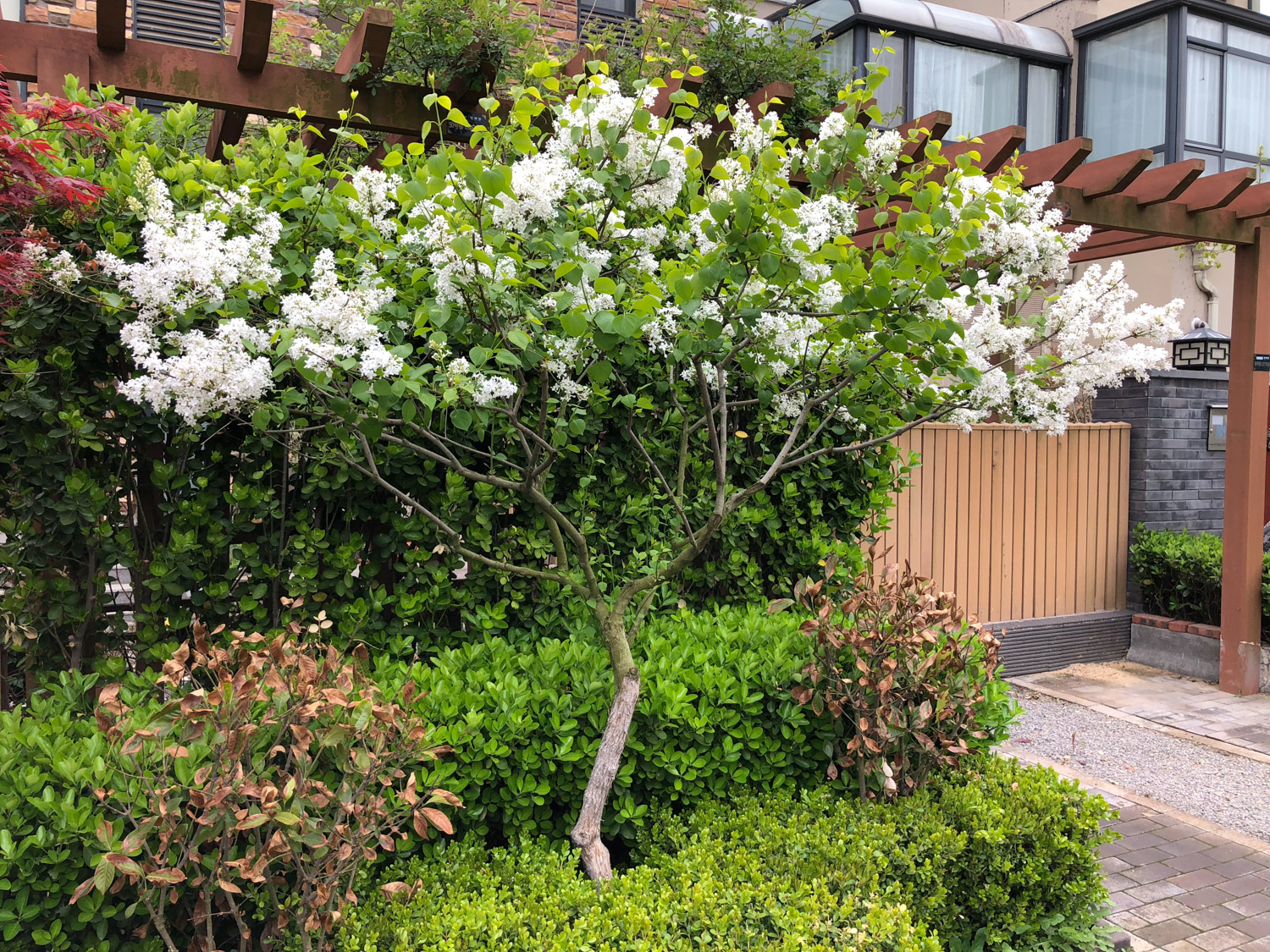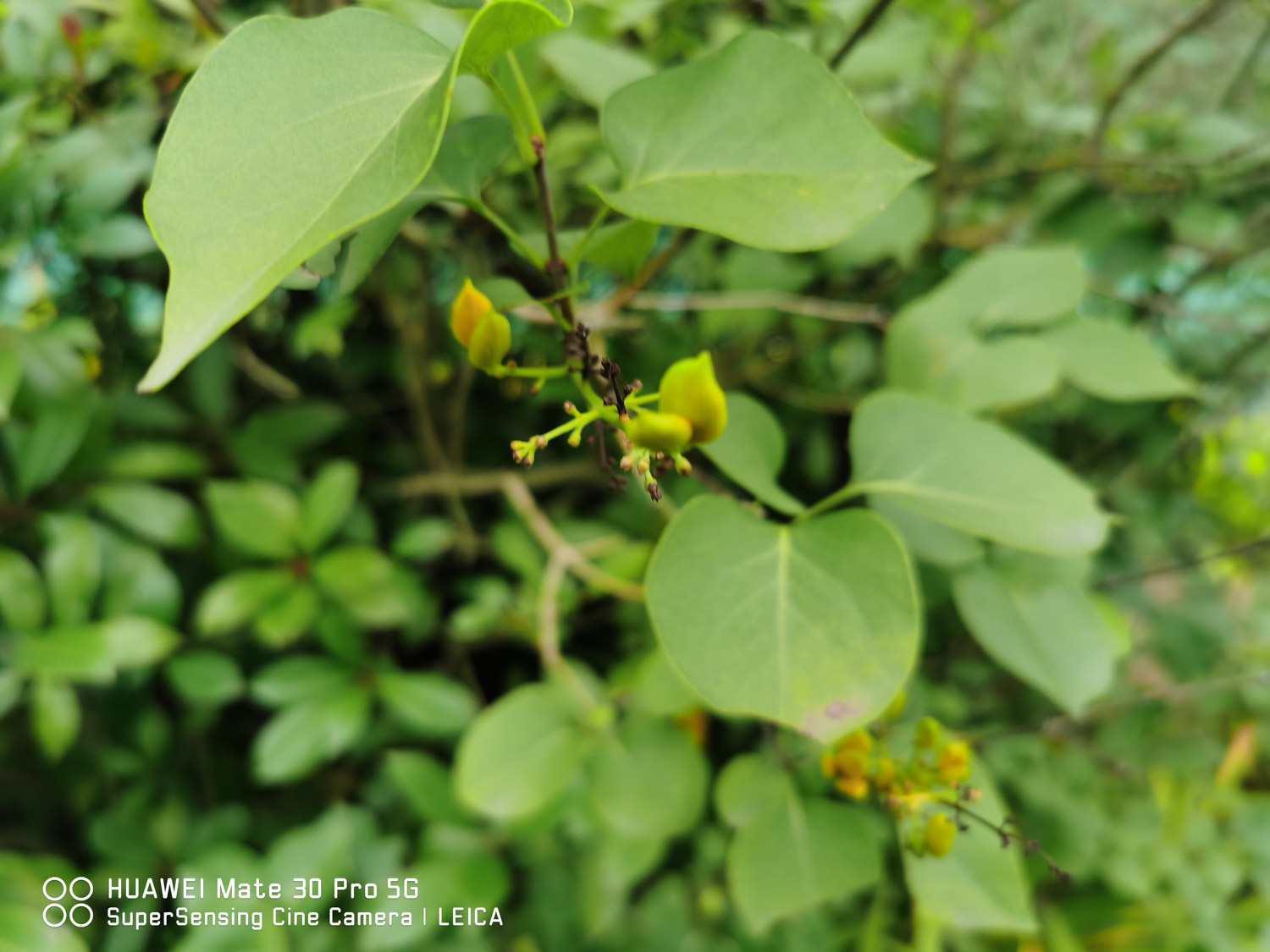1、 Breeding environment
1. Soil: clove has no high requirements for soil. Fertile, loose and well drained soil is more conducive to its growth
2. Watering: check whether the soil is dry before watering. If the soil is dry, water it appropriately. Don't care about watering at other times. In addition, in the rainy season, we should pay attention to drainage. If there is ponding, it will affect its growth, and the root will lead to decay
3. Fertilization: the amount of fertilization should be appropriate, as long as it can maintain its normal growth. Generally, rotten compost should be applied once a year. Fertilization must not be too much, which may cause excessive growth of branches and affect flowering
4. Light: it prefers sunlight. It's best to ensure sufficient sunlight when breeding

2、 Breeding method
1. Sowing and reproduction: sowing in spring is most suitable. Soak the seeds for 1-2 days before sowing, and then use mixed sand to promote germination. Keep the soil moist. Sow after a week, and then cover the soil. It will germinate in about a month
2. Cutting propagation: select the more robust branches without insect pests, insert them into the appropriate soil, and then control the temperature at 25 ℃ for about a month to take root. When the roots turn yellowish brown, they can be transplanted

3、 Common diseases
1. Flower spot disease: there will be different degrees of spots on the leaves. In severe cases, the whole plant will die. It is necessary to ensure that there is no ponding in the basin soil, strengthen drainage in outdoor breeding, and dilute and spray with Bordeaux liquid after the disease
2. Black spot: irregular dark brown spots will appear on the leaves, black molds will appear, and the leaves will fall off slowly. The diseased leaves shall be removed in time to avoid increasing the source of infection, and shall be sprayed with chemicals


 how many times do yo...
how many times do yo... how many planted tre...
how many planted tre... how many pine trees ...
how many pine trees ... how many pecan trees...
how many pecan trees... how many plants comp...
how many plants comp... how many plants can ...
how many plants can ... how many plants and ...
how many plants and ... how many pepper plan...
how many pepper plan...





























